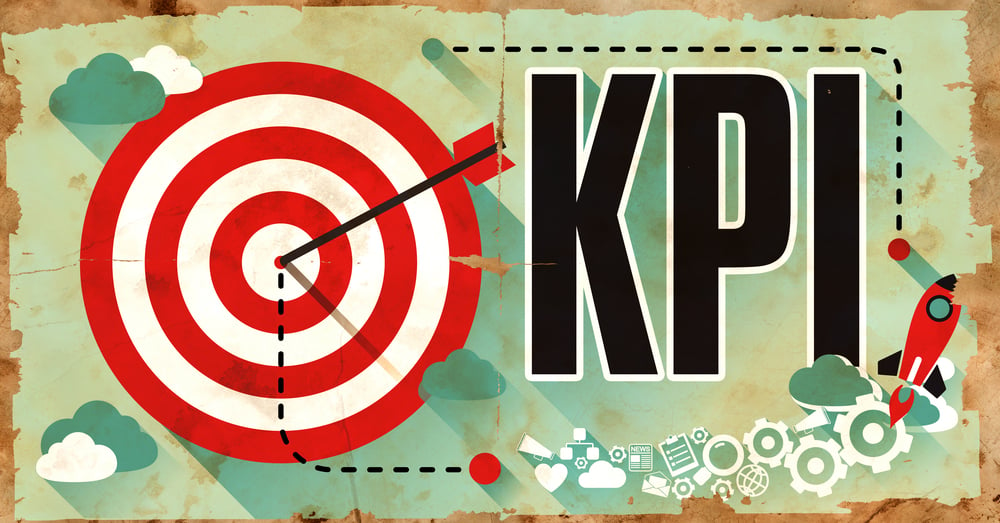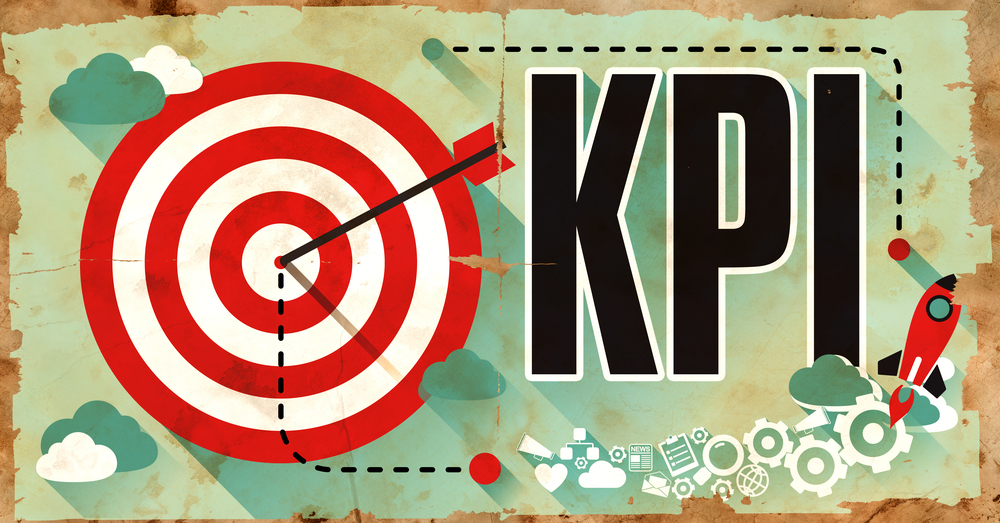Using Business Transformation Consulting To Design KPIs

As you move through your SAP career, you will frequently find that the scope of your consulting duties expands, whether you’re prepared for it or not.
This is a good thing, and you, if you’re like me, seek out new challenges constantly.
I guess it comes from my days in the USAF where it was “up or out”.
One of my recent expanded opportunities as a consultant was to work in SAP’s Business Transformation Consulting. Specifically, I followed the SAP KPI Design Process using a specialized SAP tool.
Aggressive Business Goals
The task was to help a major medical device manufacturer both design a comprehensive solution architecture and design a set of KPI’s and a KPI architecture to support both the existing and planned future SAP and non-SAP business processes.
Key Performance Indicators Consulting
In essence, I was providing KPI consultancy using advanced SAP tools which provided both a business process modeling capability and a KPI design template capability, fully integrated within the tool. In addition, these tools provide typical KPI examples for each SAP Supported Business Process. That means that it indicates the typical Performance Indicator for a business process, and often provides industry specific variations to be aware of.
Ultimate Performance Measure - Revenue
Our ultimate business goal was to more than quadruple this client’s revenue in under 5 years, so the ‘stretch’ target was indeed high.
KPI Design Frameworks
There are a number of organizations that provide KPI and business requirements process definitions for the following roles:- KPI for Solution Architects
- KPI for ERP implementations
- KPI for Engineering Design
- KPI for Designers
- KPI for Designer
- KPI for Design Departments
- KPI for Business Analyst
SAP KPI Design Reporting Tool
- KPI for Design and Development
- KPI for the Design Department
- KPI for Design Engineering
and many more.
You can also build your customized business process models with this tool.
KPI Design and Definition Require Requirements Analysis Expertise
When doing an exercise like this, there are some key takeaways with regards to KPI definitions you should keep in mind:
- You should follow a proven Best Practice approach to defining KPIs which includes:
Strategy
Data
and Technology Aspects. - You must ensure your KPI definitions are measurable, have a target, and are meaningful and are actually Key. There are many performance metrics, but few KPIs.
- When you're are doing top-down KPI requirements collection, ensure your effort focuses on a strategic approach and reflects executives’ vision and the Performance Metrics they want to focus on.
- You must keep in mind and understand that bottom-up KPI requirements collection focuses on Tactical and Operational Goals.
- Top down KPI requirements collection will typically focus on:
Profitability Metrics
Performance Management, i.e., Creative Team Benchmarks
Value-Driven KPIs, i.e., Value Driver Trees - Design Code block elements – Improve transparency in reporting, which will lead to ease of preparation of global consolidated financial reports.
- Hierarchies hide the changes in G/L accounts or changes in the hierarchical organization (done in the source system) from the reports and the report nodes adjust themselves after the changed hierarchy is loaded to SAP Netweaver BW or SAP B/W HANA.
- Reporting through hierarchy sets is a functionality where reports are built using hierarchies created on various characteristics.
KPIs Belong to a Position (But a Person will be Assigned to that Position)
All KPIs should also have an owner. However, an owner should really be a position. Who currently holds the position is not all that important. Experience has proven, that over time, the person who holds a position and who provided the definition of the KPI will eventually move.
Organizational Structures Change
Positions may also be eliminated or re-designated, as frequently happens in any corporation, but the task frequently still needs to get done.
It is therefore imperative to have a solid KPI design document.
Datawarehouse Blueprint Design
This will form the basis for your SAP BW datawarehouse design and in the case of business concerns which fall under Title 1 CFR Part 11 (typically medical or pharmaceutical manufacturers), provides a clearly defined testing pathway, which can be used to satisfy government reporting requirements.
Many Industries Require This Level Of KPI Track and Trace
Other critical industries where you might need to provide this level of detailed KPI definition and ownership track and trace is within the aviation Maintenance Repair, and Overhaul (MRO) sector, or any other industry where critical maintenance must take place, which can range from Railroads to Oil Refinery and Pipeline Operations.
As you can see, defining KPIs and tracking them, never mind getting your system to report them, is a challenging undertaking. Just keep the best practices in mind when defining them and you’ll do fine.
KPI Clean-Up
If you're getting ready to start your own KPI definition exercise, you can use our KPI Sweep Whitepaper, which provides a tried and proven framework for identifying the right KPIs while eliminating the useless ones. In effect, it is an 80/20 approach to KPI design.
People Who Read This Also Read:
10 Advanced SAP BW Project Estimation Techniques
17 Tips For Creating Clear SAP BW Requirements
Define Your SAP Webi Requirements
Business Process Requirements Specification Template
7 Questions Typically Answered By A BI Strategy
Please Leave a Comment or Ask a Question
Do you have other KPI design and definition experiences you would like to share? Or other approaches you have used to define your reporting hierarchy.
Thanks



